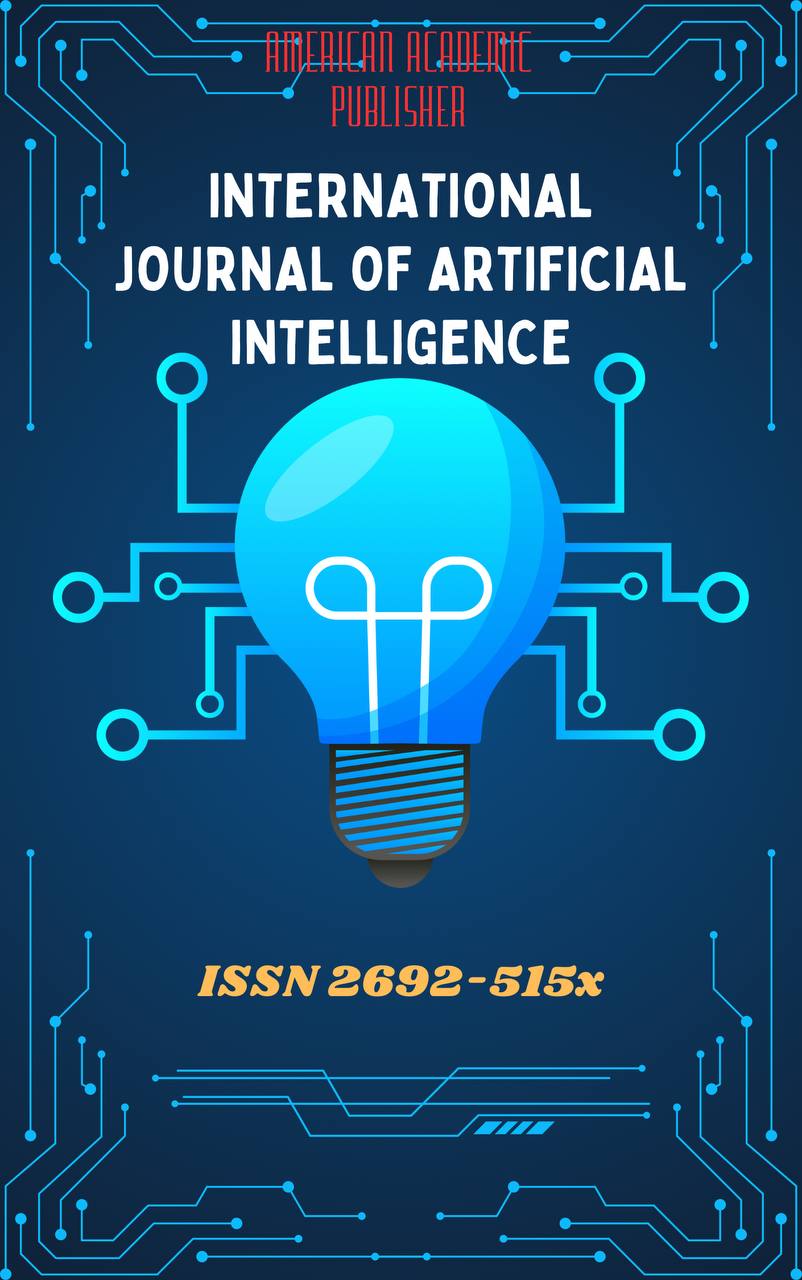 Articles
| Open Access |
Articles
| Open Access | Sentiment Analysis in Computational Linguistics: Bridging Technology and Human Emotion
Z.U.Kulmatov , Institute of International School of Finance Technology and Science (ISFT) Teacher of English, Master’s Philology and Language Teaching DepartmentAbstract
Sentiment analysis (SA) is a powerful computational technique in computational linguistics that allows machines to understand and analyze human sentiment expressed in language. In this article, we discuss the evolution of SA techniques, their daily applications, and the ethical challenges they pose. Integrating viewpoints of machine learning, linguistics, and social sciences, we highlight how SA is transforming industries while battling its limitations and overall societal impact. This review, targeted at practitioners and researchers, highlights the importance of ethical standards and cross-disciplinary collaboration in ensuring the ethical use of SA.
Keywords
sentiment analysis, natural language processing, ethical AI, machine learning, computational linguistics
References
Arrieta, A. B., Díaz-Rodríguez, N., Del Ser, J., Bennetot, A., Tabik, S., Barbado, A., ... & Herrera, F. (2020). Explainable Artificial Intelligence (XAI): Concepts, taxonomies, opportunities and challenges toward responsible AI. Information Fusion, 58, 82–115. https://doi.org/10.1016/j.inffus.2019.12.012
Bender, E. M., Gebru, T., McMillan-Major, A., & Shmitchell, S. (2021). On the dangers of stochastic parrots: Can language models be too big? In Proceedings of the 2021 ACM Conference on Fairness, Accountability, and Transparency (pp. 610–623). https://doi.org/10.1145/3442188.3445922
Conneau, A., Khandelwal, K., Goyal, N., Chaudhary, V., Wenzek, G., Guzmán, F., ... & Stoyanov, V. (2020). Unsupervised cross-lingual representation learning at scale. In Proceedings of the 58th Annual Meeting of the Association for Computational Linguistics (pp. 8440–8451). https://doi.org/10.18653/v1/2020.acl-main.747
Devlin, J., Chang, M.-W., Lee, K., & Toutanova, K. (2019). BERT: Pre-training of deep bidirectional transformers for language understanding. In Proceedings of NAACL-HLT (pp. 4171–4186). https://doi.org/10.18653/v1/N19-1423
Hovy, D., & Spruit, S. L. (2016). The social impact of natural language processing. In Proceedings of the 54th Annual Meeting of the Association for Computational Linguistics (pp. 591–598). https://doi.org/10.18653/v1/P16-2096
Joshi, P., Santy, S., Budhiraja, A., Bali, K., & Choudhury, M. (2020). The state and fate of linguistic diversity and inclusion in the NLP world. In Proceedings of the 58th Annual Meeting of the Association for Computational Linguistics (pp. 6282–6293). https://doi.org/10.18653/v1/2020.acl-main.560
Lee, J., Yoon, W., Kim, S., Kim, D., Kim, S., So, C. H., & Kang, J. (2020). BioBERT: A pre-trained biomedical language representation model for biomedical text mining. Bioinformatics, 36(4), 1234–1240. https://doi.org/10.1093/bioinformatics/btz682
Liu, B. (2012). Sentiment analysis and opinion mining. Synthesis Lectures on Human Language Technologies, 5(1), 1–167. https://doi.org/10.2200/S00416ED1V01Y201204HLT016
Maas, A. L., Daly, R. E., Pham, P. T., Huang, D., Ng, A. Y., & Potts, C. (2011). Learning word vectors for sentiment analysis. In Proceedings of the 49th Annual Meeting of the Association for Computational Linguistics (pp. 142–150).
Pang, B., & Lee, L. (2008). Opinion mining and sentiment analysis. Foundations and Trends in Information Retrieval, 2(1–2), 1–135. https://doi.org/10.1561/1500000011
Taboada, M., Brooke, J., Tofiloski, M., Voll, K., & Stede, M. (2011). Lexicon-based methods for sentiment analysis. Computational Linguistics, 37(2), 267–307. https://doi.org/10.1162/COLI_a_00049
Tumasjan, A., Sprenger, T. O., Sandner, P. G., & Welpe, I. M. (2010). Predicting elections with Twitter: What 140 characters reveal about political sentiment. In Proceedings of the Fourth International AAAI Conference on Weblogs and Social Media (pp. 178–185).
Wang, Y., Wang, L., Rastegar-Mojarad, M., Moon, S., Shen, F., Afzal, N., ... & Liu, H. (2018). Clinical information extraction applications: A literature review. Journal of Biomedical Informatics, 77, 34–49. https://doi.org/10.1016/j.jbi.2017.11.011
Article Statistics
Downloads
Copyright License

This work is licensed under a Creative Commons Attribution 4.0 International License.

